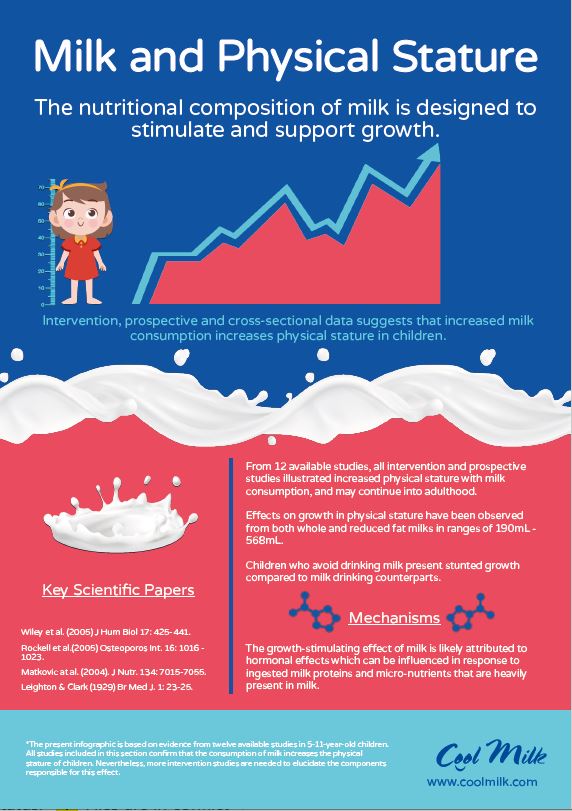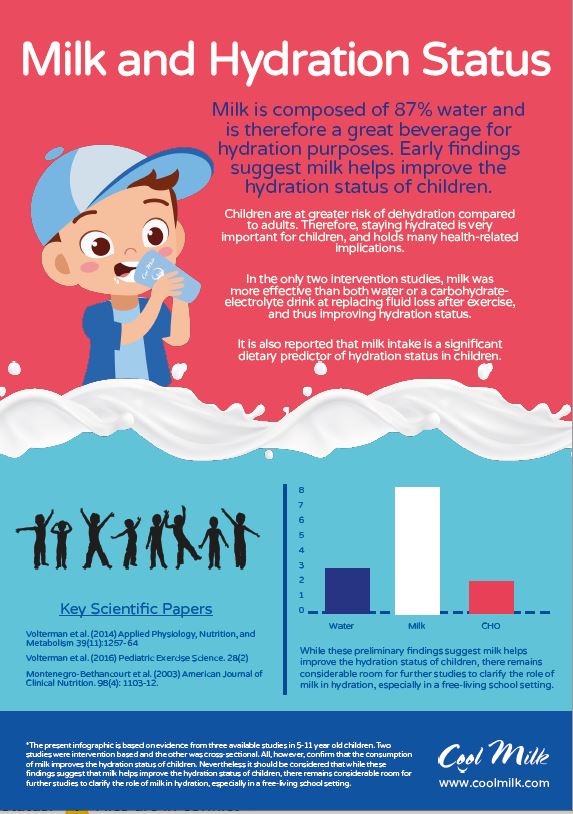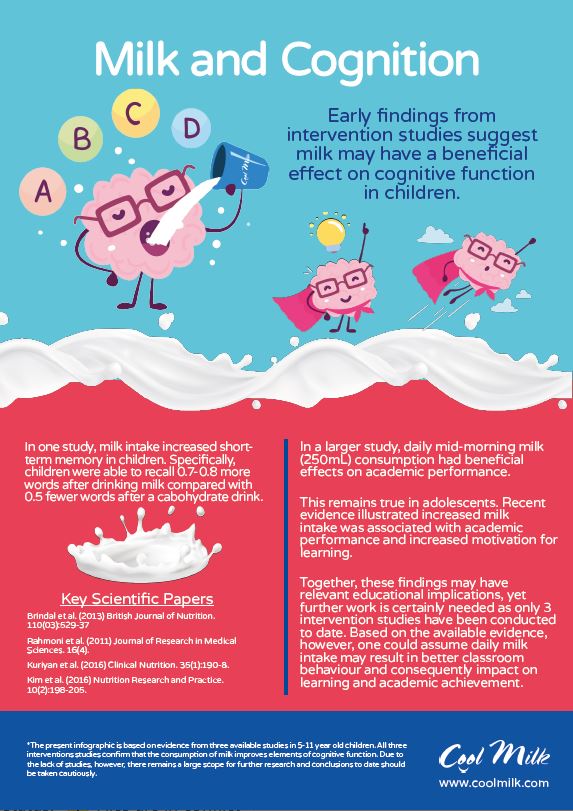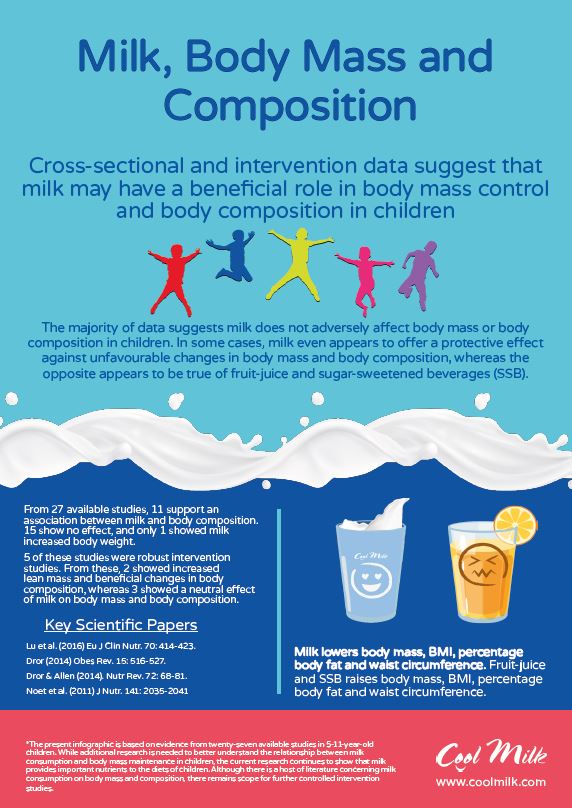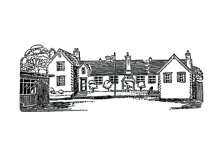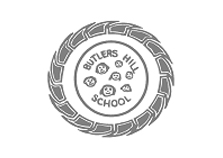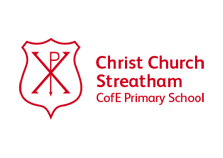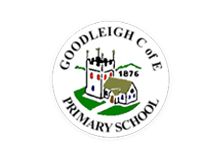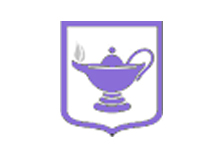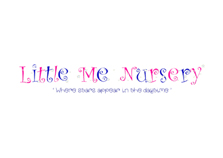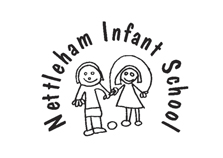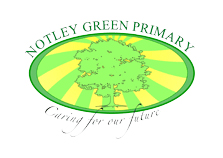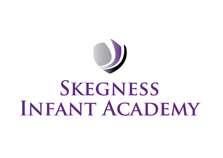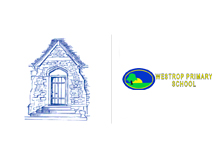- It provides children with the same nutrients as whole milk
- It is a good source of energy
- It has 55% less saturated fat than whole milk
- It even contains slightly more calcium than whole milk
The Dairy Council recommend that children who are eating and growing well drink semi-skimmed milk from the age of 2 years onwords.
189ml of semi-skimmed milk is excellent as a mid-morning drink as it provides a nutritional boost and keeps children hydrated between breakfast and lunch; helping them to concentrate, learn and play.
Protein
Protein builds and repairs muscle tissue and is also a critical structural component of body tissues, including organs and bones.
- Helps with growth
- Repairs hair
- Repairs muscle
- Repairs nails

Vitamin B2
Vitamin B2 helps break down proteins, fats and carbohydrates. It also converts food into energy which is vital for exercising muscles.
- Healthy eyes
- Healthy skin
- Healthy nervous system
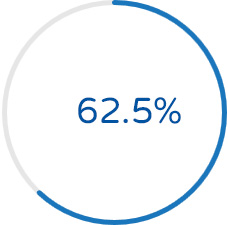
Vitamin B12
Vitamin B12 helps build red blood cells that carry oxygen from the lungs to working muscles. It also plays an important role in the normal functioning of the brain and nervous system.
- Healthy eyes
- Healthy skin
- Healthy nervous system
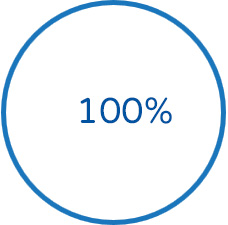
Potassium
Potassium regulates the body’s fluid balance and helps maintain normal blood pressure. It’s also needed for muscle activity and contraction. Along with calcium, milk is a top food source for potassium.
- Balances the body’s fluid
- Lowers blood pressure
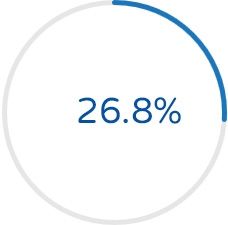
Calcium
Calcium helps build and maintain strong bones and teeth. This mineral also plays an important role in nerve function, muscle contraction and blood clotting.
- Strong bones
- Strong teeth
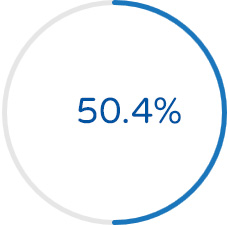
Phosphorus
Phosphorus helps strengthen bones and generates energy in your body’s cells.
- Releases energy
- Strong bones
- Strong teeth
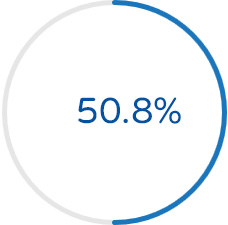
Iodine
Iodine helps with the production of the thyroid hormones which help keep cells and the metabolic rate healthy.
- Healthy cells
- Healthy metabolic rate
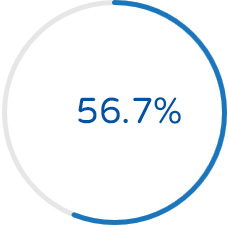
A recent review of evidence by Northumbria University concluded that milk contains a unique package of essential nutrients that appear to offer an impressive catalogue of health benefits for 5-11 year olds.
Download these helpful PDFs to see how milk can help your children…
- Milk is high in fat and not good for children… MYTH
Not all milk is high in fat a 189ml serving of whole milk contains 8g fat, whereas a 189ml serving of semi-skimmed milk contains 3.5g fat; that’s 55% less saturated fat than whole milk. - Whole milk is better for children than semi-skimmed… MYTH
Many people believe whole milk is better for children because of its rich fat content and the belief that it is nutritionally more beneficial than semi-skimmed. - Soya milk is healthier than cow’s milk… MYTH
Soy based beverages are not nutritionally equivalent to milk as it is lactose free. Soy milk contains only about a quarter of the calcium of cows milk, so if you are unable to eat or drink dairy you should allow for this by eating calcium rich foods in other parts of your diet. - Milk contributes to the development and the severity of acne… MYTH
Acne is a skin condition caused by numerous red inflamed spots. The spots are caused by the hormone testosterone, which tells the glands in your skin to produce oil. When too much oil is produced, the pores in the skin fill up with oil, and dead cells which results in the formation of a spot.Some people believe that the consumption of milk and dairy contributes to the development and severity of spots and acne however no definitive evidence exists to support this.
- The body has difficulty absorbing calcium… MYTH
Our body can absorb the calcium in milk and dairy products more easily than the calcium contained in other foods such as green vegetables.Other foods that contain calcium include green leafy vegetables, tinned fish, beans, lentils and bread. However, the calcium in these foods can be difficult for the body to absorb, and is also only present in small amounts, which means that to get the same amount of calcium as a 200ml glass of milk, you need to eat 8 whole broccoli spears, nearly a kilo of spinach or 7 and a half slices of bread. - Milk and dairy can worsen the symptoms of asthma… MYTH
Asthma is a long-term condition of the respiratory system caused by swelling of the airways, and excess mucus production. For a long time, milk has been suggested to worsen the symptoms of asthma, despite no scientific evidence to support this.Unfortunately many asthmatics are advised to avoid dairy which not only provides no benefit to their asthma symptoms, but may lead to poor intake of important nutrients such as calcium and phosphorous for which milk and dairy are rich sources in the diet.


